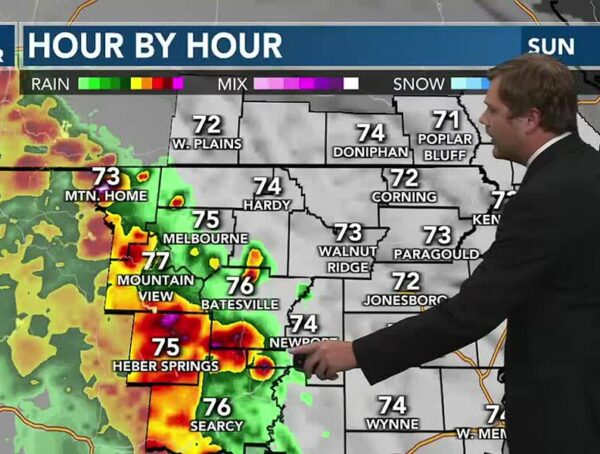In today’s media environment, it is essential for news outlets to be more than just a source of information—they must serve as a reflection of the communities they report on. Anchors and reporters across various news stations from Scripps News highlight the importance of shifting from problem-focused reporting to storytelling that uplifts and empowers by using people’s voices.
Bryant Maddrick, an executive reporter at WTKR in Norfolk, Virginia asks a central question that drives this effort, “What are the voices that we’re elevating in our newscast? It’s not enough to cover events; we’re trying to make sure that we’re representative of the entire community. We want to give people something positive about their communities making sure we’re holding accountability and trying to get solutions for our viewers.”
Scripps News brought together some of the people they believe to be their best storytellers to share what this shift in strategy means.
Austin Pollack, a multimedia journalist at WTDF in Nashville, emphasized the importance of quality over quantity. For him, the focus on positive storytelling means turning fewer stories per week, but ensuring each one carries depth and meaning.
“I went from turning five stories a week in Lexington to two or three a week here in Nashville. But the difference is, they have to be really focused, and there’s a little extra TLC that comes with the time I’m given,” he said.
Many Scripps stations have adopted a community-driven, geographic-based beat system, to guarantee that local news covers all parts of the region, from urban to rural communities.
This new approach to storytelling is also influencing the way journalists conduct their interviews, too.
“Something we’re coached on is to really listen to what people are telling you and then match that with visuals,” said Adam Clapp, a reporter at KNXV in Phoenix. By integrating more natural, unscripted moments into their coverage, reporters are able to capture authentic stories that they hope will resonate more deeply with viewers.
Clapp recalls a moment while covering a migrant camp at the border, “When a volunteer gave soup to a migrant mother, the first thing she did was give it to her kids—exactly what he had said she would do. It was a powerful moment.”
Geneva Zoltek, a multimedia journalist and weather anchor in Las Vegas, also prioritizes bringing authenticity to her reporting, particularly around environmental issues. She said, “For me, it’s always important to add context, science, and research into my stories. Climate change is something I’m really passionate about, and I want viewers to understand that it’s not just a global issue, but a community issue.”
Maddrick mentioned another important element behind this shift. “Our viewers often ask, ‘Whatever happened to that guy or that girl or that school?’ So, we’re making a conscious effort to follow up with high-impact, high-quality stories,” he said.
The journalists presenting in this workshop offered advice to others hoping to improve their reporting.
Austin suggests, “Get your reps in. Send your package and script for feedback and aim for a conversational tone. Speak like you’re talking to someone at the dinner table.”
Adam adds, “Don’t be afraid to let your own interests come into play. My goal is to be a foreign correspondent, so I’m drawn to border and immigration stories.”
“Take the reins. What drives me is getting on top of issues that matter and amplifying voices that often go unheard.” Zoltek says, stressing the importance of curiosity and connection.
Maddrick’s last piece of advice is, “Don’t lose yourself. This job is tough, but empathy and staying true to who you are will help you build connections and tell impactful stories.”








